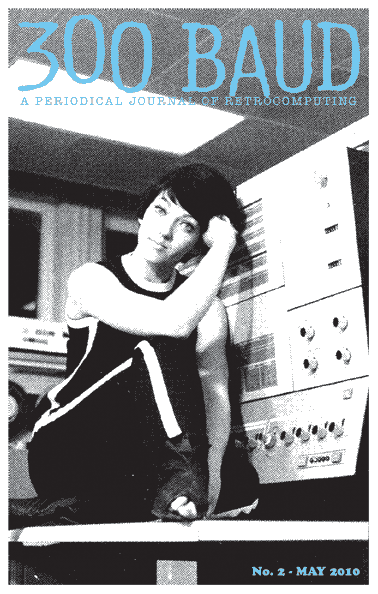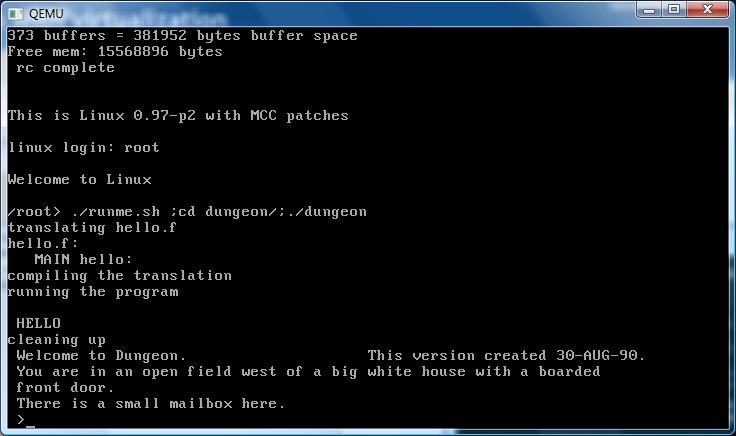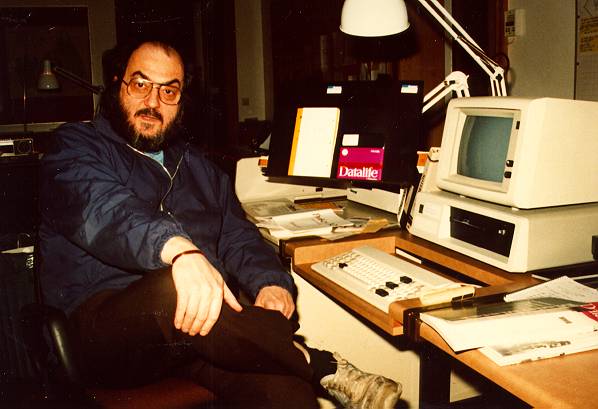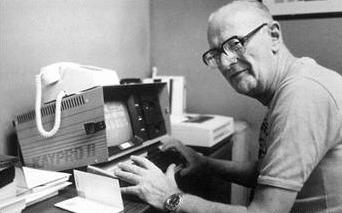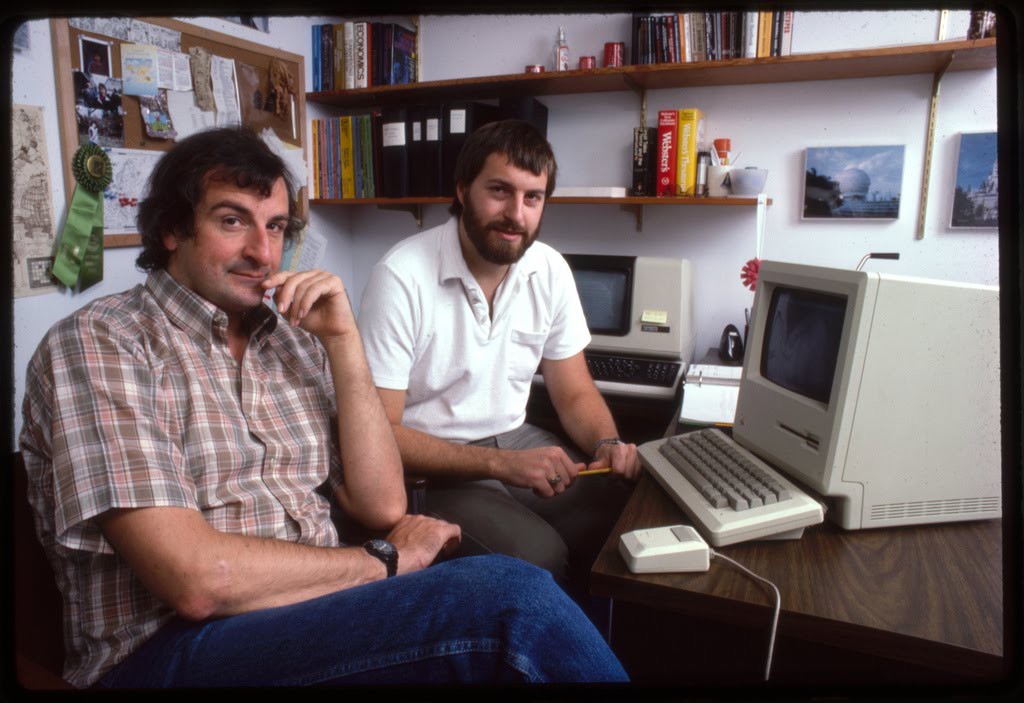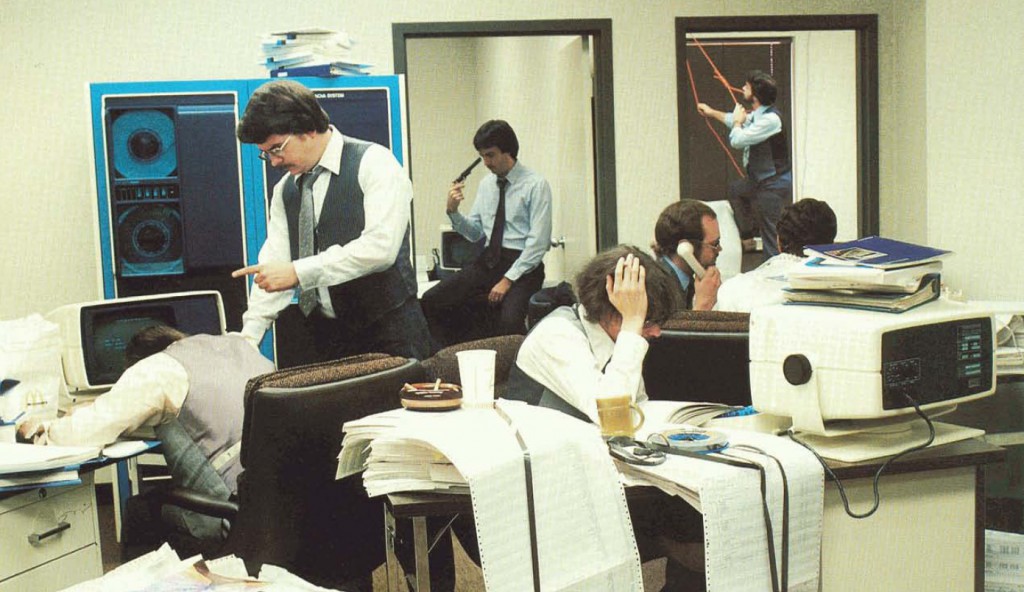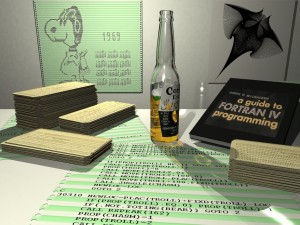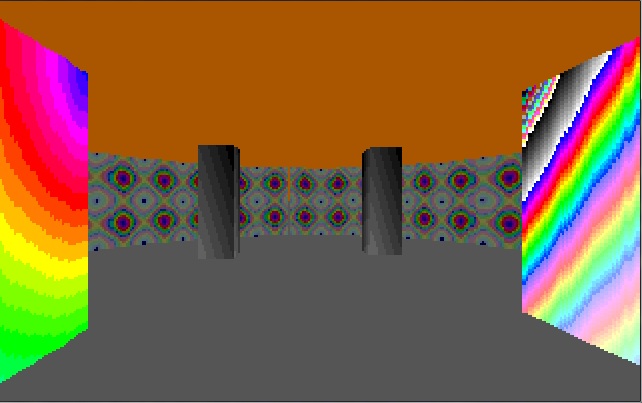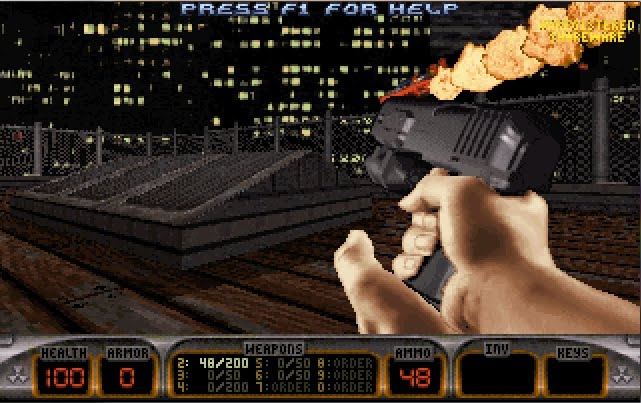Before I get into anything specific, let me first talk about how I got started with PC on PC emulation. Back when I was in high school, we had these Unisys ICON workstations that ran QNX, and all of these QNX programs. However, even back then, the tide of available software was turning towards the IBM PC. The ICON workstation was an outgrowth of an Ontario program from the early 1980’s when the micro market was best described as being a ‘wild west’ with no clear winner.
But as the 1980’s progressed, it became more and clearer with IBM’s entry into this market, that they were going to set the next standard. So that meant everyone having an 8086 compatible CPU, and being able to run the MS-DOS operating system. The ICON workstations had the 80186 CPU which was compatible, and with a software emulator they could run MS-DOS on the workstation, and run programs like DBase, Lotus 1-2-3, Turbo Pascal etc etc…
The big plus for us, was that the school was able to preserve their investment in hardware, while being able to run programs for both QNX & MS-DOS, there by increasing the flexibility of what was available.
In college where we had Macintosh computers, again there was this great program from Connectix called Virtual PC, which allowed the Mac’s to run MS-DOS and Windows programs on the Motorola 68040 CPU. Additionally in the PC labs, we were able to run ARDI’s Executor which would let the Intel 80486 based machines run Macintosh programs.
Another program we used in college was the great and open program pcemu, by David Hedley which would allow SUN SPARC workstations to run MS-DOS programs. This was a big deal at the time, as programs like Word Perfect, while available for UNIX workstations, cost significantly more then the MS-DOS version, while this free program would allow you to run the MS-DOS version, saving money.
Going forward, it was around 2002 when Connectix took their Macintosh product Virtual PC, and ported it to Microsoft Windows. Now at first glance emulating an IBM PC on an IBM PC seems quite silly, as you can run in emulation what you can run natively. However the first big ‘win’ for this was OS/2.
Now you have to remember that while OS/2 didn’t achieve big success in the home market, nor in the commercial space, where it did get big penetration was places like banks, and various payroll companies. And with these large programs written to run on OS/2 it was starting to become more problematic with newer machines and device drivers as now nobody was releasing new network card & video card drivers for OS/2.
Now this is where emulation’s strong point comes into play, since it emulates the hardware, all emulated machines have the same BIOS, motherboard IO chips, video cards, and network adapters.
Suddenly everyone could run their legacy OS/2 applications on the newest computers, without worrying about device drivers, memory setup, and hard disk sizes (OS/2 can’t use the new giant hard disks available on the market).
The best part of course, is that as PC’s get faster, the emulation only gets faster, giving you a far more responsive emulated session. In fact, with the megahertz ‘race’ to 1Ghz and beyond, it got so fast that by 2004 with the acquisition of Connectix by Microsoft, it was now possible to run more then on Virtual PC at a time on Virtual PC 2004.
This allowed me to take a VERY complicated internet firewall setup that previously required 6 firewalls, and consolidated it to a single computer saving space & energy, not to mention they ran faster because of the faster CPU, and I was able to effectively upgrade the infrastructure for the cost of one of the firewalls.
This was a very big deal at the time, as our data room was over crowded as it was, and had major electrical shortfalls.
After the firewall success, we entered into the beta program for Virtual Server. This would allow us to run our Virtual PC virtual machines in a SMP (multiple CPU machine) environment, and take advantage of the extra CPU’s. The first machine we bought to test this on was a Compaq Proliant 6500 with four Pentium III 1Ghz CPU’s, which let us easily move all the firewalls to it, and also migrate our development Oracle 7/Windows NT 4.0 machines into this single server.
Not only were we able to save power, space and electricity but now we were running on enterprise grade hardware, which gave us things like redundant power supplies, and a RAID disk setup.
In the intervening years, a friend pointed out this new program called Qemu, which unlike BOCHS a full PC emulator, provided a dynamic translator and thusly could run significantly faster then a full emulator. The other big plus was that Qemu was open source free software! So you could easily modify the source for any specific requirement you had, from simple things like changing IO/IRQ ports in the emulated hardware, to even adding in extra serial ports etc…
Now the cool thing about Qemu, is that they started adding more and more different CPU types, allowing you to originally run and test various Linux distributions out for things like the MIPS, PowerPC, SPARC, ARM and x64 all on the x86 platform. And as the emulation improved, it was then possible to run Solaris, Windows NT (MIPS) and other OS’s for different CPU types.
The next big step for our emulation strategy was to purchase the VMWare ESX product allowing us to create a cluster of servers with shared storage, allowing us to move virtual machines between nodes while they were running. This gave us a more robust environment as now even a multiple node failure no longer meant that we would lose the emulated machines, and also that we could take nodes offline if they were to require hardware maintenance to be performed. We then took all of our production servers, and migrated them into VMWare, then shipped the cluster to a collocation facility where we were able to decommission our data room at a great savings, and able to now leverage a commercial data center, and all the benefits of things like location and giant batteries, and security that we just simply could not justify on our own.
The best part, in my opinion is that as CPU technology improved we could simply replace the processing nodes in this cluster with newer machines, and now all of our servers across the board would see an improvement in their speed, and throughput.
As QEMU improved there was a push for a kernel module for Linux systems that would allow x86 on x86 OS’s to run a near native speeds. Eventually the module was reworked into a full kernel subsystem on Linux called KVM (Kernel Virtual Machine).
This has allowed Qemu to progress to the point, that with distributions likes Proxmox/VE it can provide similar functionality to VMWare’s ESX platform, at a tremendous cost savings as it is free software.
Much like the proprietary UNIX market has fallen to Linux, I feel that the emulation space too will become dominated by free solutions that enable the ultimate in flexibility, and allow for greater customer control, then any proprietary solution.

